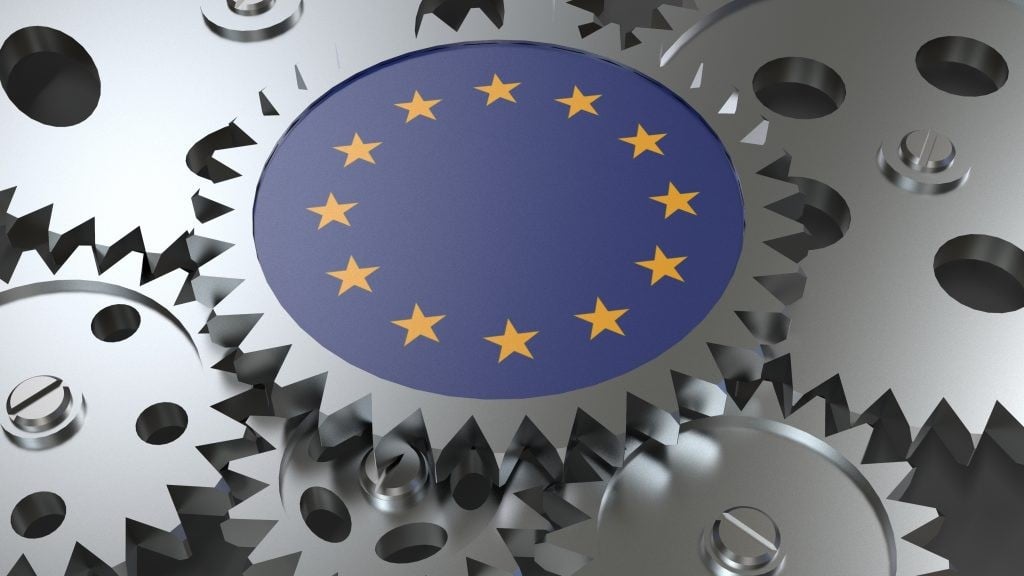 |
| While the EU industry is considered lagging behind the US and China and losing the battle with Russia, experts say it should choose the path to become pioneers in technology, materials and services required by the green transition of the global economy. (Source: Shutterstock) |
The European Industrialists' Round Table (ERT) has just issued the above warning and called on member states to integrate more deeply into the European Union (EU) single market, capital market union and to introduce better mechanisms to encourage investment in Europe.
ERT is a group of 60 major industrial companies - one of the main driving forces behind the development of the European common market idea in the 1980s. ERT Chairman Jean-François van Boxmeer, who is also Chairman of the British multinational telecommunications company Vodafone, said they wanted to provide specific analysis and assessment of the competitive strength of the region's industry.
European industry is going backwards.
And the analysis can be “quite depressing”, for example, a new study by ERT has shown that the EU spends significantly less on research and development than many countries at the same level of development – just 2.27% of GDP, compared to 2.40% in China, 3.45% in the US and 4.81% in South Korea.
Moreover, the past 15 years have seen a significant divergence in economic growth between the EU and the US, as the EU has been stuck with macroeconomically counterproductive austerity policies that have reduced investment, while countries with similar conditions have invested more actively.
“If you look at the difference in growth rates between the US and Europe and project it out 10 years from now, it might become a ‘super-nice museum’ for people to visit, but it’s no longer a prosperous place,” said the ERT president.
Jacob Wallenberg, another member of the ERT Steering Committee and chairman of Investor AB, which holds controlling stakes in several Nordic companies, is equally worried.
“Europe’s trajectory is really problematic, there seems to be a lack of sense of vital competition,” says the Australian Strategic Policy Institute’s Technology Tracker, which tracks which players are leading in which technologies – out of 44 technologies, China leads in 37, with the US in second place. “The EU is painfully absent,” says Wallenberg.
There are few signs of economic growth picking up in Europe in the coming months. A survey by S&P Global last week showed that business activity in the region has fallen at its fastest pace in three years. New orders have fallen sharply. Purchasing departments have also reduced their workforce for the first time since early 2021.
Many parts of Europe face bigger challenges. Germany is struggling with whether it can sustain its chemical industry long enough to find new, cleaner, cheaper sources of energy. The industry is too fuel-hungry. BASF, Europe’s largest chemical company, said on October 31 that its revenue for the first nine months of the year had fallen sharply compared to the same period last year, prompting it to cut back on new investments.
On the contrary, the latest data shows that manufacturing activities in the US accelerated in October. Within the framework of the "huge investment" from the three key laws of the current government, including the Inflation Reduction Act; the Chip and Science Act; the Infrastructure Investment and Jobs Act, experts say that with the overall strength and innovation capacity of the US, it would be a strategic mistake to underestimate the revival of this leading industrial production.
As for the Chinese economy, data released at the end of October showed that profits of major industrial enterprises in the country increased by 11.9% in September compared to the same period last year. Recovery in demand and government support measures have helped push China's manufacturing sector out of the difficult period. The recovery momentum is forecast to extend into the fourth quarter and into early 2024, especially as new stimulus measures continue to be implemented.
Russian economy revives
Meanwhile, to the EU's "sadness", the sanctions against Russia that they themselves initiated are said to have exposed the weaknesses of the Western economy.
In a recent report, the United Nations Conference on Trade and Development (UNCTAD) predicted that in 2023, Russia will be one of the few G20 countries with accelerating economic growth. GDP growth is forecast to continue in 2024.
The growth of the Russian economy in 2023 and 2024 has also been forecast by the Organization for Economic Cooperation and Development (OECD).
Most recently, in the World Economic Outlook update released on October 10, the International Monetary Fund (IMF) raised its forecast for Russia's economic growth in 2023 for the third time to 2.2%, a sharp increase compared to the April forecast of 0.7% and July's forecast of 1.5%.
Surprisingly, Russia's total gas and oil exports - the country's main source of foreign currency - have not changed significantly, despite 11 rounds of Western sanctions targeting the energy sector.
The IMF had to admit that it was the West's efforts to isolate the Russian economy through sanctions that pushed Moscow to adapt better to the new harsh conditions. And Moscow succeeded in finding a way out of the difficulties.
The above optimistic assessments are specifically demonstrated by the data of Russia's production capacity in the second quarter of 2023, reaching a record growth rate of 81%; the growth index of mining, manufacturing and construction reached 77.7%, according to the Central Bank of Russia.
Analysts at the Russian Central Bank noted increased investment activity. Factories have reoriented themselves to domestic demand. As a result, the strengthening of import substitution programs has helped them increase production. Russian manufacturers are also investing more in modernization and production improvements than before.
It is understood that funds that were previously invested in securing supply lines to Europe have now been redirected to Russia's own economic development – a problem that EU policymakers have failed to see when they block, or discourage, trade with Moscow.
Analysts at the Institute for Economic Policy (IEP) Yegor Gaidar, although quite reserved in his assessments of the domestic economy, said that the production of paper and paper products, textiles and clothing; the production of computers, electronic products, optical products, automobiles, finished metals, furniture and electrical equipment, etc. all grew well, reaching tens of percent - something that has never happened before with domestic demand. Business activities in the manufacturing sector have grown for the seventh consecutive month.
The Russian economy has revived, which has really surprised Western experts. On the other side, Deutsche Bank Chairman Christian Sewing recently commented that the leading economy - Germany is about to become the weakest economy in the EU, both energy and manufacturing are declining, mainly due to significantly higher energy costs, since the supply from Russia was cut off.
Germany and France have historically served as the EU’s main manufacturing engines, dumping some of the remaining output to regions with cheaper labour or resources. But some of that productivity momentum will not return, as the region’s major manufacturers are now more interested in relocation opportunities to economies outside the EU.
Germany's Volkswagen, for example, canceled construction of a battery plant in Eastern Europe in favor of a similar facility in Canada, taking advantage of billions of dollars in subsidies and soft loans from the local government.
The West, reluctantly, now has to admit that the Russian economy is actually holding up well against the sanctions imposed by the US and EU. Paradoxically, despite being blocked from output and forced to cap prices, Russia’s oil and gas revenues have continued to rise, with exports rising to an average of 3.3 million barrels per day in September. In October, the Russian Finance Ministry expects to receive additional oil and gas revenues that will nearly double its initial budget of 513.48 billion rubles ($5.5 billion).
The price of Russia’s Urals crude has now risen above $80 a barrel, well above the $60 ceiling that the G7 countries have tried to impose. Moreover, with conflict in the Middle East, some analysts predict that world oil prices could rise to $150 a barrel. This is good news for Russia and bad news for the EU.
Source


![[Photo] Vietnam shines at Paris International Fair 2025 with cultural and culinary colors](https://vstatic.vietnam.vn/vietnam/resource/IMAGE/2025/5/4/74b16c2a197a42eb97597414009d4eb8)
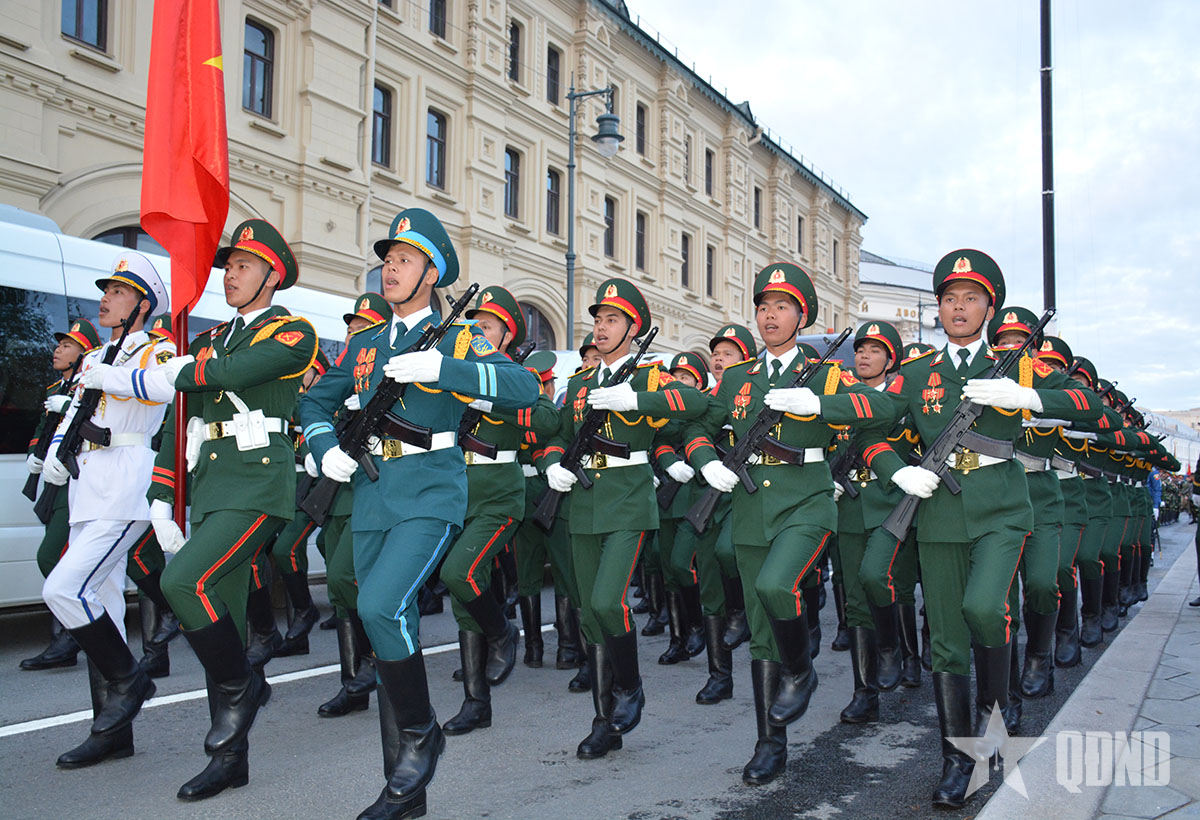

![[Photo] Bus station begins to get crowded welcoming people returning to the capital after 5 days of holiday](https://vstatic.vietnam.vn/vietnam/resource/IMAGE/2025/5/4/c3b37b336a0a450a983a0b09188c2fe6)

![[Photo] General Secretary To Lam receives Sri Lankan President Anura Kumara Dissanayaka](https://vstatic.vietnam.vn/vietnam/resource/IMAGE/2025/5/4/75feee4ea0c14825819a8b7ad25518d8)


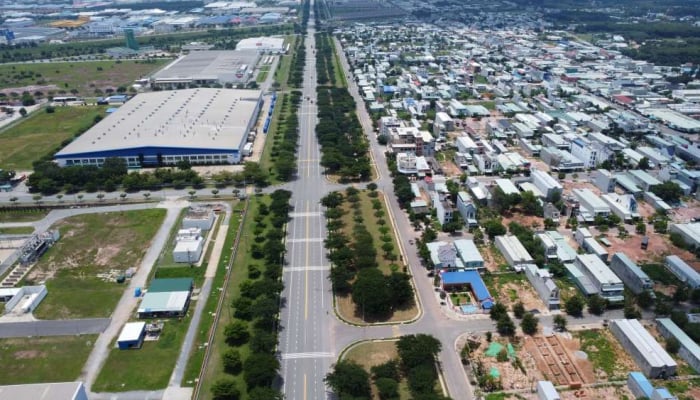


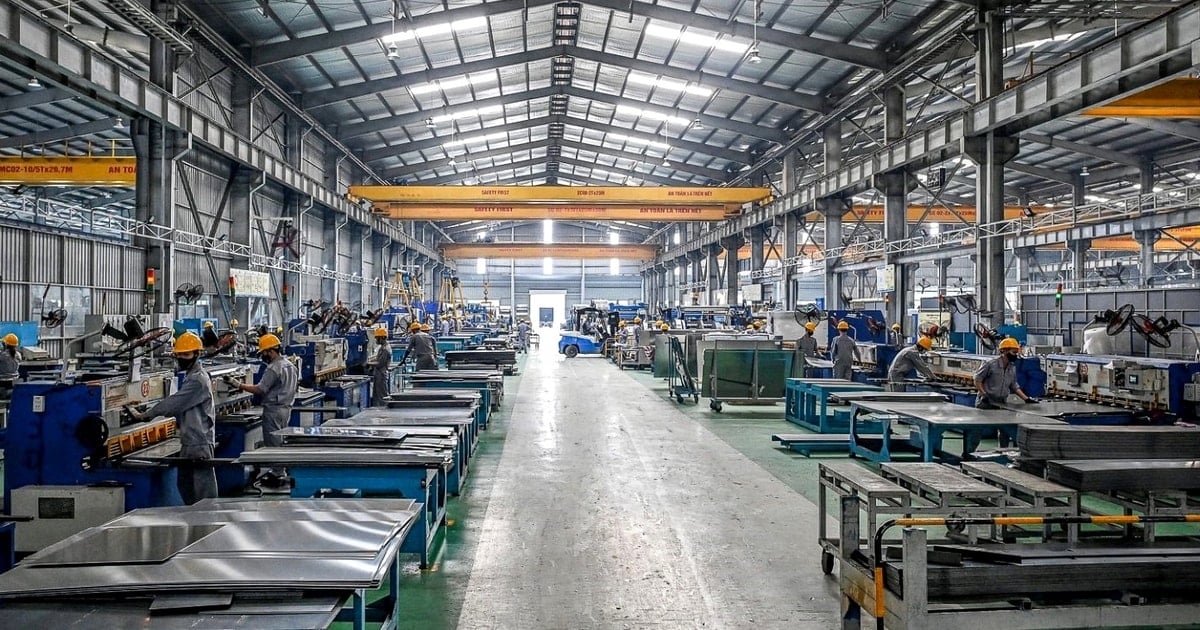



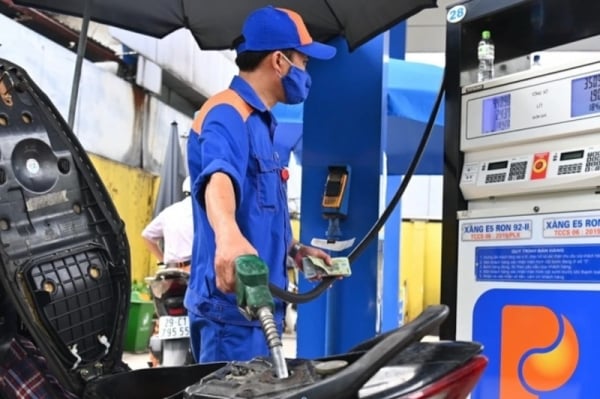
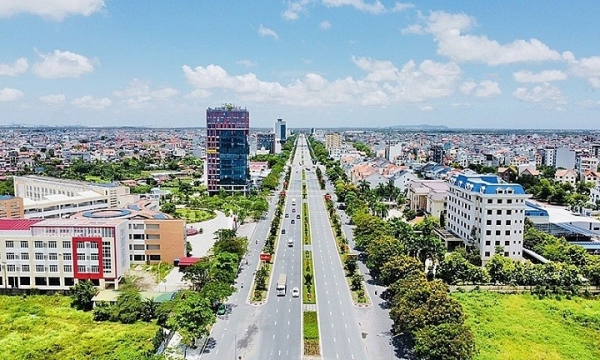










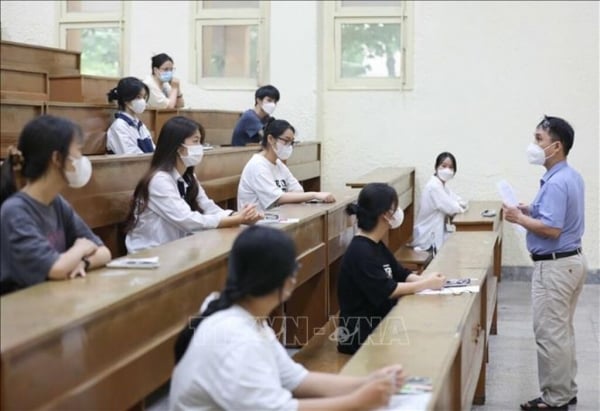

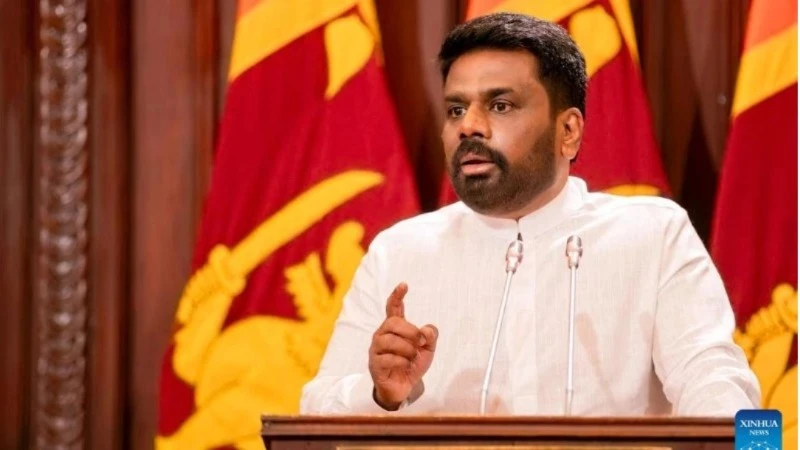
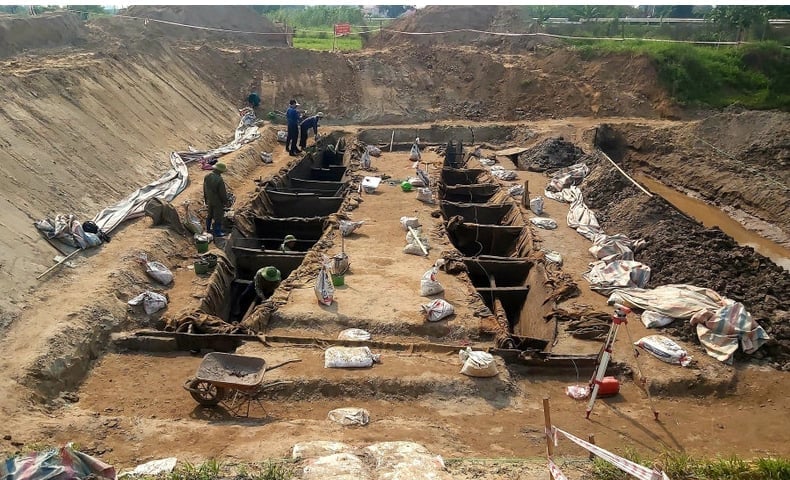











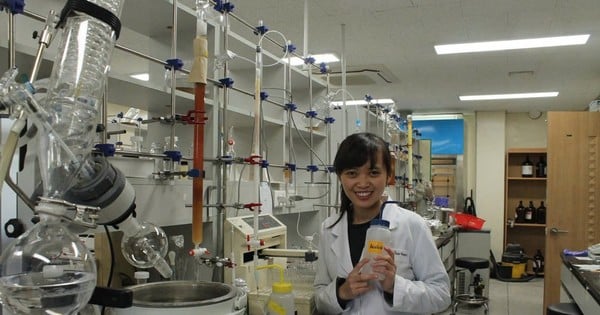









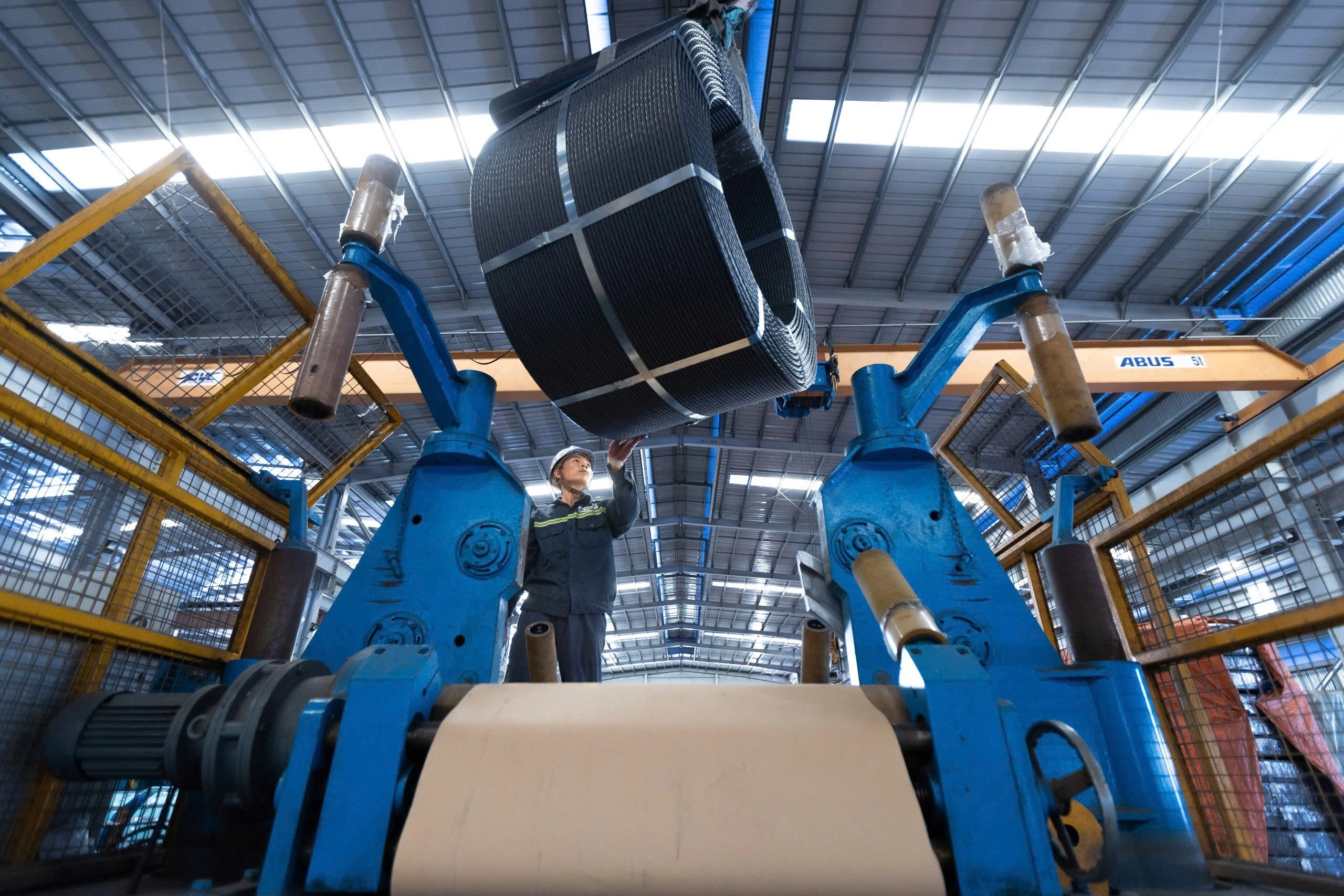




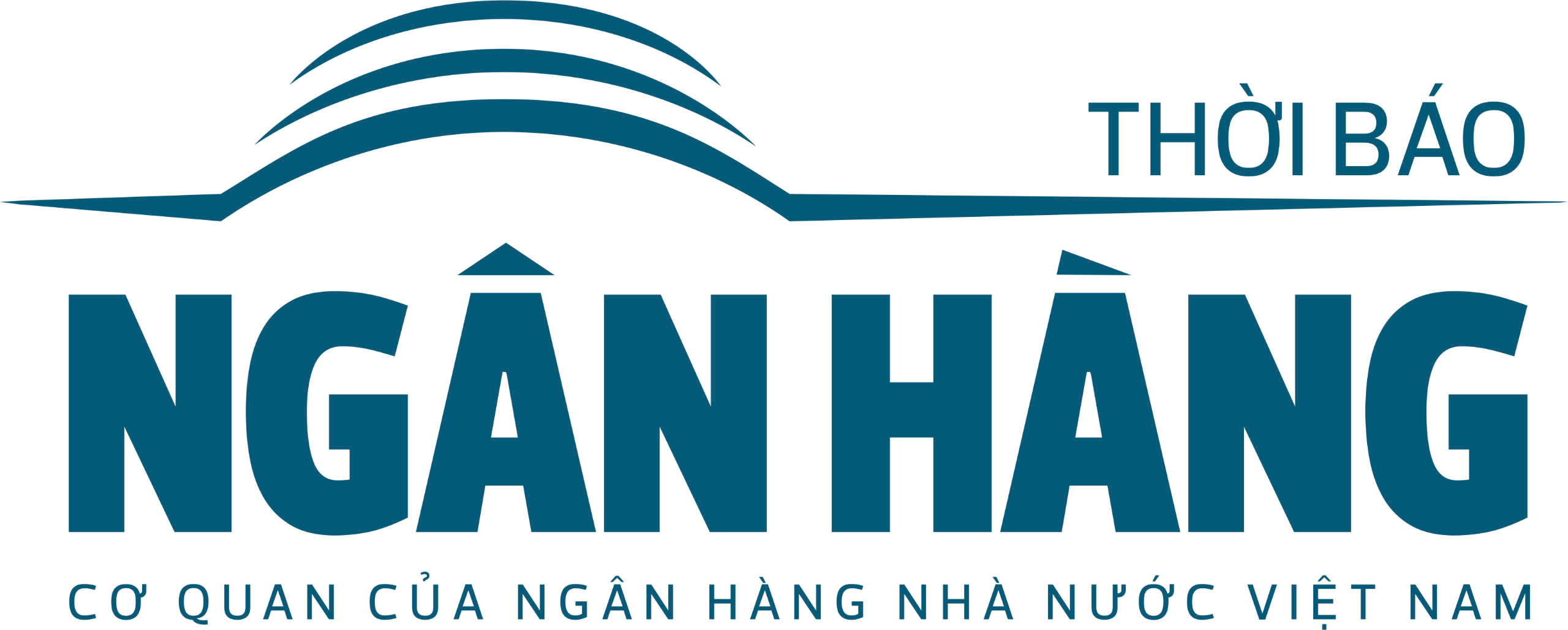

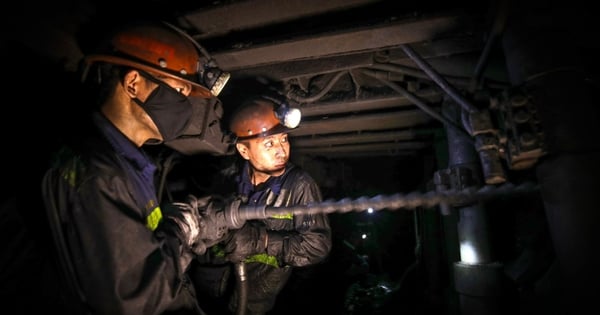



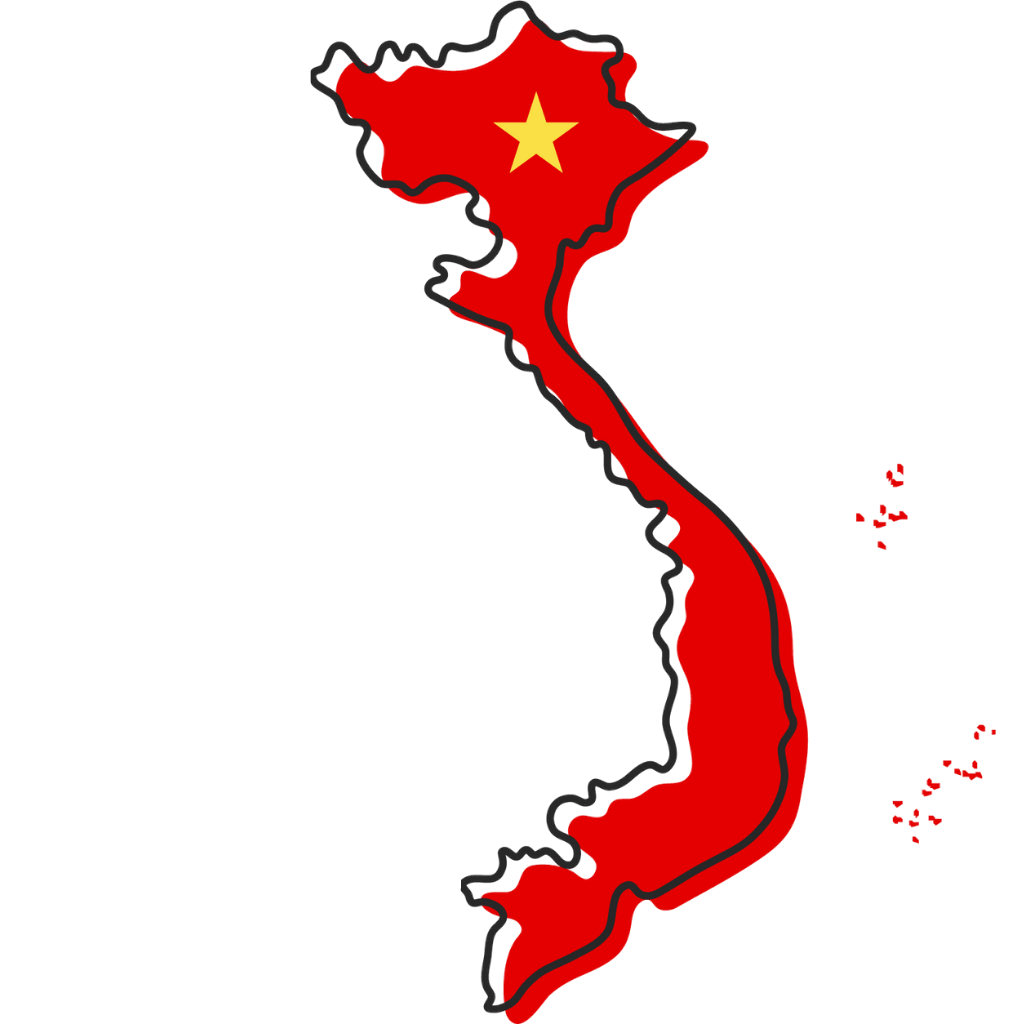

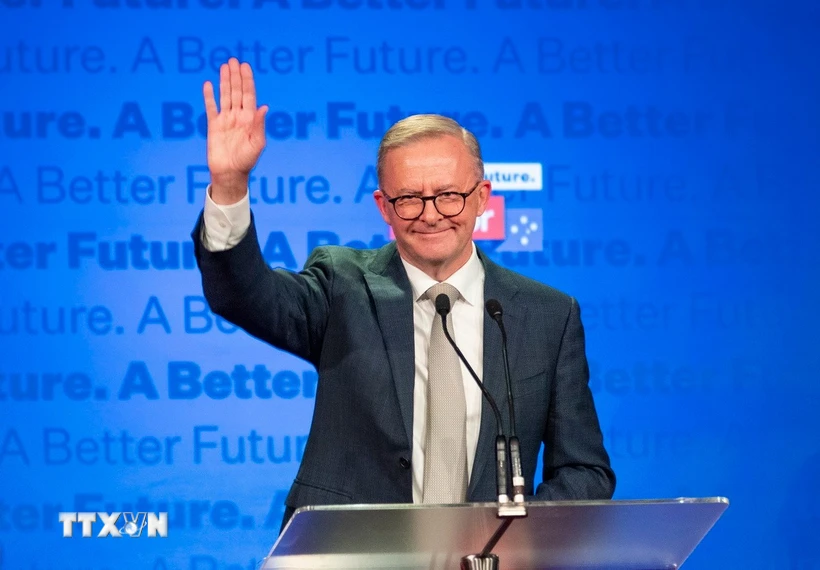














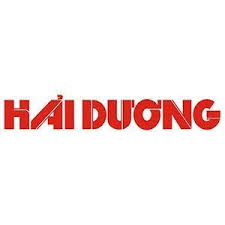










![[Video]. Building OCOP products based on local strengths](https://vstatic.vietnam.vn/vietnam/resource/IMAGE/2025/5/3/61677e8b3a364110b271e7b15ed91b3f)




Comment (0)